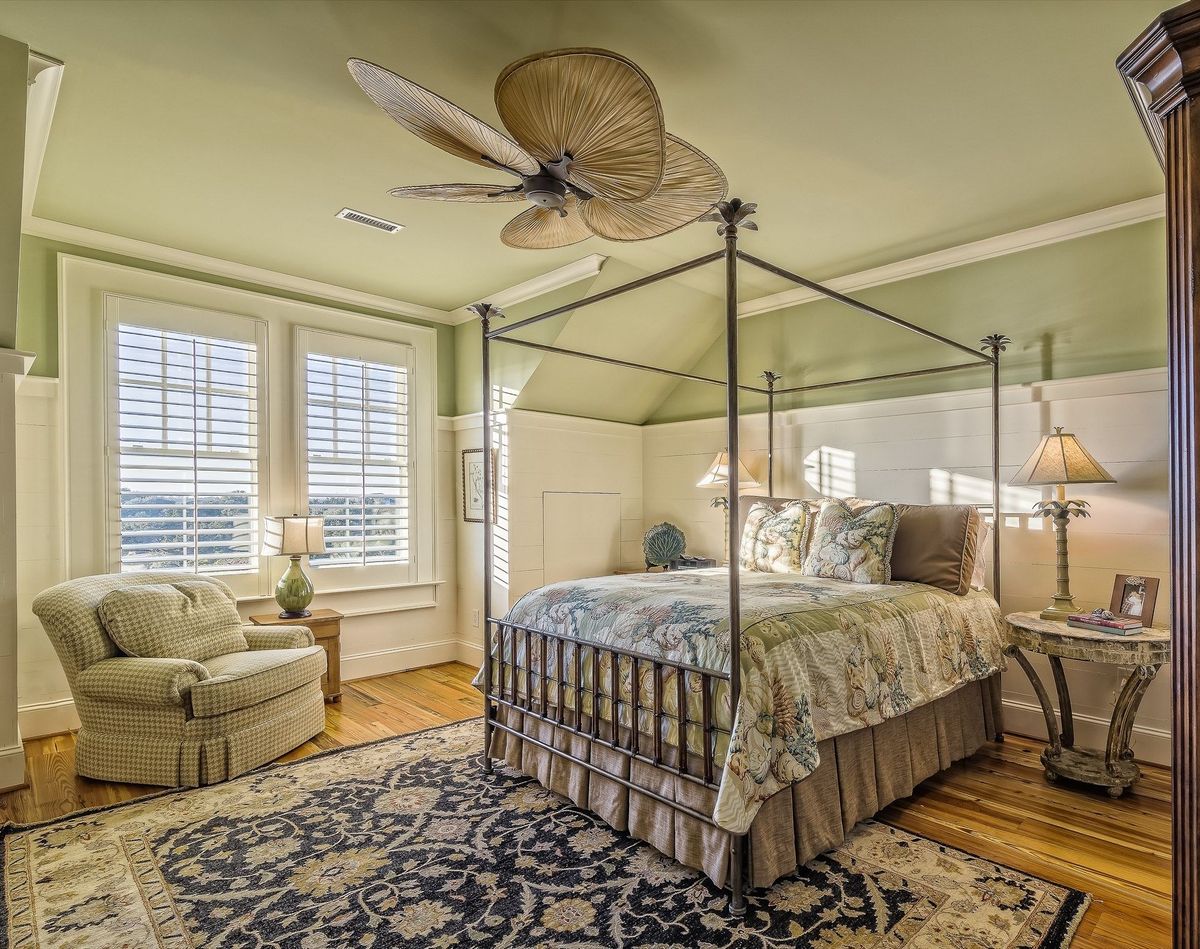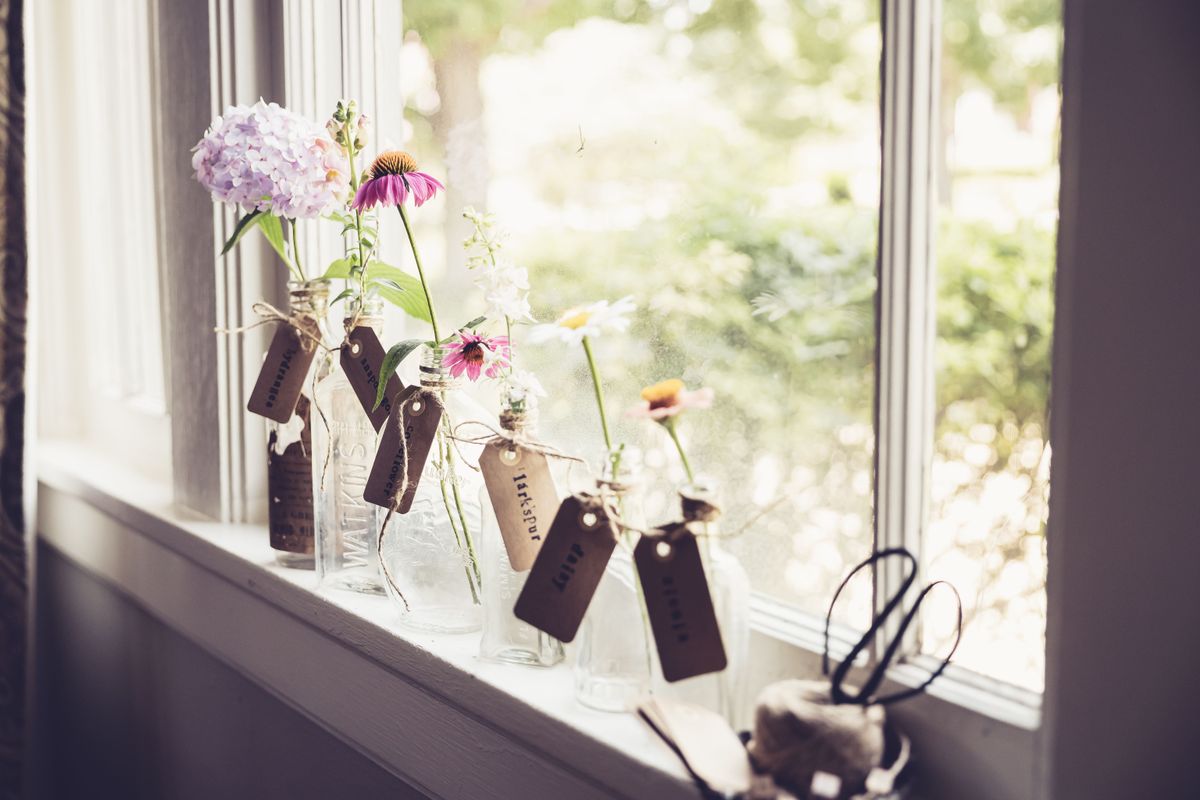From Hygge to Home: How to Make Assisted Living Feel Cozy
Getting ready for a move to senior living, but not quite sure how to make it feel like home? We've got some tips on how to turn those four walls into a place you'll love to call home.

You sold the house. You downsized. You found the perfect senior living community. Now comes perhaps the most daunting task of all - creating a home like atmosphere in assisted living. And that's where hygge comes in.
What is Hygge?
Hygge is a Danish term that embodies all our best of ideas of home: coziness, comfort, conviviality and contentment. In the long, cold and dark Danish winters, the idea of creating a warm and happy indoor place was born. And what more could we want from assisted living than to feel warm and happy all year long?
So this month, the team at Seniorly is sharing advice from people who know how to make assisted living communities feel warm and comfortable. We spoke to assisted living residents and their loved ones, as well professional senior living advisors - all to get their best tips on creating turning an unfamiliar place into a cozy one, even in senior living communities. We're sharing those tips today to help you bring just a little bit of hygge into your life - and make a smooth transition to your senior living community.
Finding hygge: think outside the box (of your room, that is..)
 We know that the transition from your home to an assisted living community is a major milestone. So as you settle in, make new friends, and find a place for all your personal belongings, it's going to be important to reframe how you think about your space.
We know that the transition from your home to an assisted living community is a major milestone. So as you settle in, make new friends, and find a place for all your personal belongings, it's going to be important to reframe how you think about your space.
We spoke to Catherine Shepard, a Seniorly Local Advisor about her experience working with family members during a move. “ I ask groups of seniors how many have gone on cruises, and most raise their hands. Then I ask why cruises are so fun, and their answers are always the same: the chef-prepared meals, activities, socialization, and housekeeping. I tell them, that is what assisted living is - think of assisted living facilities as a cruise ship on land.”
And senior living advisor Jasilika Davidson (our own style icon and paraprofessional-interior-designer) agrees: “You don’t live in every room of your house. The assisted living community is your home - where you go out have fun and be social. Your assisted living apartment is your bedroom - where you go to rest and sleep.” May people struggle with thinking they need to recreate a sense of "home" in such a small space, but one of the advantages to a senior living community lies the fact that social areas can exist outside of your room.
The assisted living community is your home - where you go out have fun and be social. Your assisted living apartment is your bedroom - where you go to rest and sleep
Jasilika Davidson, Senior Living Advisor
Setting up for everyday life

But when you're on a cruise ship, you return home to your familiar place and neighborhood. Not so with a move to long term care. Most older adults been independent in their previous home for decades, and have the memories that come with it. Moving to assisted living almost always involves downsizing: gone are the favorite coffee table and the worn and comfortable chair. This means means making challenging decisions about which personal items to bring. So, how to tackle it all? We've compiled some tips from our experts:
Make a drawing of the floor plan. Carol Katz, a professional senior living advisor, suggests mapping out what furniture will go in each area of your new apartment with measurements to determine what will fit. This is a sure fire way to start with the "big items" and make sure there is space to fit them all comfortably.
Less is more. Start with just a few "must keep" items. If possible, delay the sale of a home until after the move, or perhaps use a storage facility. Many seniors find it comforting to know that items you're "on the fence" about can be revisited down the road.
Choose joy. Choose familiar items from your home that have personal meaning - whether they are photographs, a favorite blanket, or pieces of furniture. One mom had cherished memories of family outings at the beach, so chose to bring and feature her shell collection.
Use your walls strategically. Think of your room as having 5 sides (your floor and four walls), and use each plane to your advantage. Select smaller cherished items for framing or using in a shadowbox.
Say cheese! Reframe photos in collage-style frames to consolidate visual space. Hang photos in clusters together to provide a focal point, and allow space between collections for a sense of visual "rest".
Think outside the room. If you've toured many facilities, you've likely noticed that residents often decorate their door or hallway area. This is particular helpful for residents diagnosed with memory loss or dementia, as the personal markers will help them recognize their rooms. Use those pictures and personal items to make your mark and introduce yourself to your new neighbors!
Avoid the floor. In keeping with all the wonderful safety features of your new home, make sure to keep the floor clear of rugs, decorative items or cords that could present tripping hazards.
Add texture. To get the ultimate sense of "hygge", add lots of texture: throw pillows, blankets or textured wall hangings turn a sterile environment into a cozy one. We love the way this family chose to add texture with a rattan ceiling fan. No tripping hazards!

Commit to color. As most older adults will experience, older eyes perceive color differently. Colorful items bring joy and vibrancy to a small space. So go ahead - buy a new bedding set or lamp that fits into your favorite color scheme.
Plan for visitors. While your assisted living apartment won't be be your primary area for socialization, you will occasionally have visitors. Think about items that will entertain friends, family and even grandchildren. A pack of playing cards, puzzle or board games can ensure that visits feel fun and celebratory, and that everyone is engaged.
3 tips for supporting a parent in their move to assisted living
If you're supporting a parent during a move to assisted living, it's likely been an emotional journey for the whole family. While every family dynamic is different, there are a couple of sure-fire tips we've learned from the best:
Acknowledge all feelings. As with any major change, there is likely to be a balance of joyful expectation and a sense of loss or grief as families prepare for a move to assisted living. While it's important to stay positive, don't dismiss the very real feelings your parent might be experiencing. Take time to sort through and reconnect over personal items as you prepare for the move.
Do it together. Whether it's sorting through items to prepare for downsizing or making a quick trip to the stores to purchase new items, everything is easier with support. If possible, take time from work or other routines to be there for the preparation period.
Make moving day full of surprise and joy. In advance of the big day, stock the pantry and fridge with favorite foods, grab a bouquet of balloons or have a favorite photo framed as a surprise. Check out how one daughter spoke to prepared for move in day - by bringing a few flowers from her mother's prized garden.

Expand Your Idea of Hygge
Any move to a long term care community is likely to be a major milestone. And there can be so much joy in thinking about how to create the environment you want - one filled with opportunities for quiet reflection, close friends, and stimulating activities. You can channel just a little bit of hygge in your new home to make sure you feel comfortable and cozy all year long.
Amanda Lambert writes for Seniorly on the topic of aging and environment. The author of several books on aging, environment and eldercare, Ms. Lambert holds several certifications in the realm of care management and professional guardianship. She is a graduate of Boston University and holds a Masters degree from the University of Utah in Recreational Therapy.
Sign up for our Healthy Aging Handbook
Seniorly’s Senior Living experts created a comprehensive handbook to help people age happily while ensuring they love where they live. Enter your email address below to receive your copy and learn more about Healthy Aging and Senior Living.*
*By submitting your email address above, you consent to receive occasional email communications from Seniorly, including educational content and tips, newsletters, and other relevant updates and offerings. You can unsubscribe at any time and we will never sell or distribute your email address to a third party. You can view our Privacy Policy here.
